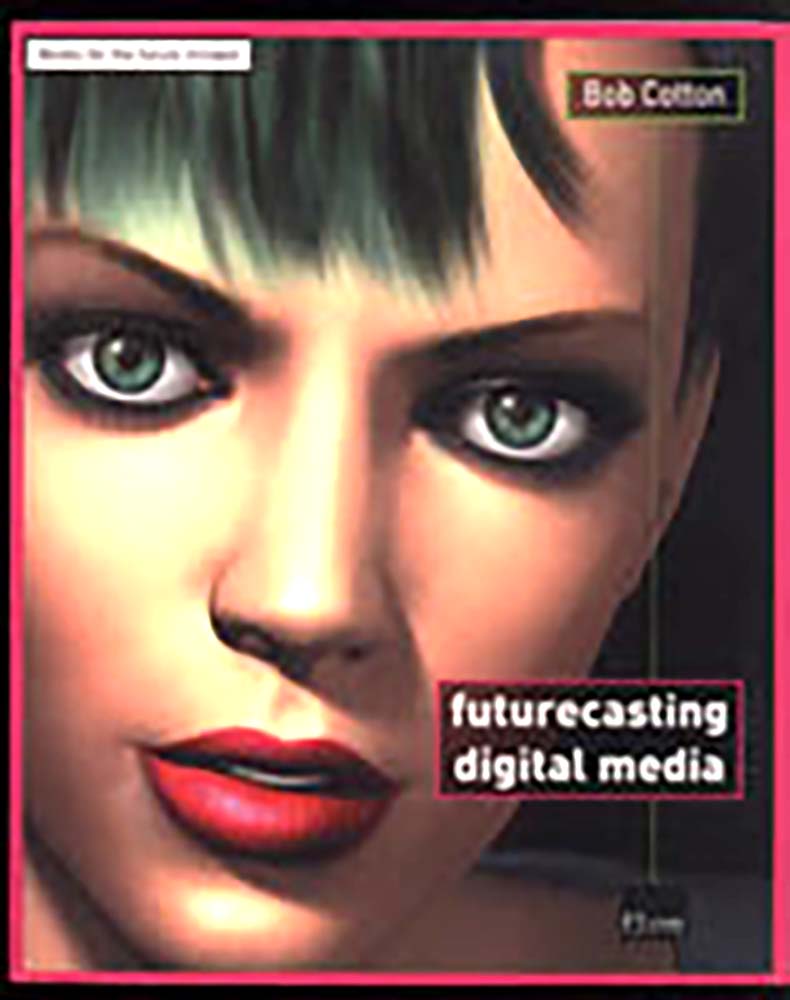This is a new initiative designed to link independent creatives, local creative business, social-entrepreneurs, angels, venture-capital agencies, government initiatives, digital design, communications, arts, design, engineering and craft-specialists, with local and national science expertise, engineering, and what Disney called imagineering... Inspired by Richard Buckminster Fuller's Design/Science initiatives:
"Buckminster Fuller was a renowned futurist, designer, and inventor best known for the geodesic dome and his philosophy of "design science," which sought to solve global problems through efficient design. He described himself as a "comprehensive anticipatory design scientist". His work spanned multiple disciplines, including architecture, engineering, and philosophy, all aimed at making the world work for 100% of humanity with the least amount of resources." (Google AI summary)
and Walt Disney's Imagineering:
Formed by Disney as an R&D branch of the Disney Corporation, "Imagineering is composed of "Imagineers", who are illustrators, architects, engineers, lighting designers, show writers and graphic designers."
It was this same blend of engineering, design, art and entertainment that characterise many of the avant-garde developments of the last 200 years or so, including Philidor's Phantasmagoria, the Théâtre Robert-Houdin. Georges Melies magic performances and early films, Dada Cabaret Voltaire, the Bauhaus, Vkhutemas, Disney's Imagineering (Disneyland), EPCOT - Experimental, Prototype Community of Tomorrow) - and much of World's Fair design combining shows, rides, simulations, VR and AR, etc...
In Fuller's term: "comprehensive anticipatory design scientist" - he includes 'anticipatory' -the role of what I call Futurecasting: "Futurecasting" refers to Bob Cotton's 2002 book, Futurecasting Digital Media, which explores how to predict trends and develop new products in the evolving digital media landscape. The book focuses on understanding the present to predict the future by mapping current trends, surveying forecasting methods, and analyzing the role of visionaries in shaping new media."
Fuller also stresses the Comprehensive nature of Design/Science, suggesting
that Design/Science initiatives must start from a thorough and complete overview of the
problem and its solution-space:

My Futurecasting book-cover featured the Glasgow-based Digital Animation Group's experimental synthetic news-reader Ana Nova - a fleshed-out chatbot that used lip-synch, and 'viseme' expression modifiers to embody news-reading.
We need to establish a West Wight Innovation Network (Win! for short) linking art, design, engineering and craft companies, organisations and individuals, with entrepreneurs, start-ups, funding organisations, venture-capitalists, relevant banks and UK Arts Council and regional funds and providing advice, guidance, mentors and professional art/craft/design experts to consult.
The Network will help to virtually and physically link creatives and students - I helped organise a similar 'creative network' back in the 1990s in Paddington and Notting Hill in central west London - the cross connections formed helped individuals and groups to identify and contact those with particular creative or technical media-skills, such as QTVR coding, expertise in Ruby on Rails, copywriting, video-montage or Fashion photography.
There are so many specialisms interlinked in new media production - including the ability to creatively-direct or production-manage projects...
This Network will provide workshops on creativity, how to generate ideas, the conceptualisation (brain-storming) and design process, the importance of multi-disciplinary and inter-disciplinary team-working - and on famous practitioners and examiners of the creative process, like Arthur Koestler, Mihaily Cziksentmihaily, Margaret Boden, Betty Edwards, Ken Robinson...This is a 'how to be creative' network.
How does this differ from recently established regional 'innovation centres' - like the one I watched develop at Arts University at Bournmouth when I was teaching on the digital media and film courses there?

Arts University at Bournemouth on-campus Innovation Studio
"The Innovation Studio operates as a lab for creative technologies, a space for start-ups and regional enterprises, and a hub for industry engagement, with a focus on collaboration, entrepreneurship, research, and prototyping.
The studio combines flexible workspaces with access to state-of-the-art digital and physical equipment for creative design and manufacturing, as well as expertise and a wealth of knowledge from AUB’s professional and technical staff and academic practitioners."
(https://aub.ac.uk/innovation-studio)
Importantly, the difference we are stressing, is that these innovation centres are (naturally?) focussed upon business and economic growth - that was their primary raison d'etre. What we want in the West Wight Innovation Network is a different approach and it can be crystallised as bottom-up cultural regeneration. We used this approach in our Ventnor Jazz Divas Festivals - kick-starting urban cultural regeneration by focussing on local venues, artists, fans, and Island audiences. We want to encourage social-entrepreneurs, driven by egalitarian, common-wealth, community-based innovation and regeneration, rather than just private capital. We think that this policy will apply to all areas of the Island and is potentially longer-lasting than just encouraging and supporting private entrepreneurialism.
We aim to canvas support and membership from individuals, organisations, local businesses and companies from 2026 via this website...
BTW, In the 2000s I headed-up a Knowledge Transfer Partnership between University of the Arts, London and the Press Association - this brought professionals and journalism and digital media students from the university together with working journalists from the P.A. and resulted in major improvements in multimedia-journalism, professional digital literacy and new content-creation for conventional media and new social media, including news-gaming...
"A Knowledge Transfer Partnership (KTP) between the University of the Arts London (UAL) and the Press Association (PA) is a collaborative project where a UAL-employed graduate works with the PA to solve a specific business challenge over one to three years. The partnership aims to transfer knowledge from the university to the company, driving innovation by refining products, opening new markets, or improving processes. These projects are funded through the UK's Knowledge Transfer Partnership program, managed by Innovate UK." (Google AI Summary)